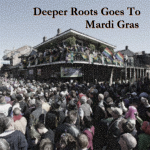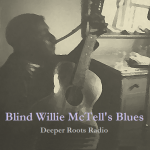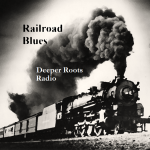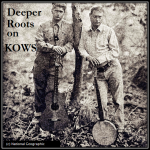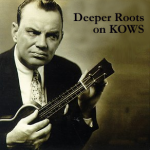
We have yet another free form fest of roots music emanating from the bright sun of a Saturday along the Bohemian Highway, live from the KOWS studios in downtown Occidental, California. We both start and wrap up the show with Cliff “Ukulele Ike” Edwards, sharing country, blues, and new Americana in between. We’ll hear from Flaco Jimenez pair up with Dwight Yoakum, the essence of Randy Newman’s portrait of the South, western swing with Willie and Spade, and new music that fits our roots sensibilities from Steve Earle, Robert Earl Keen, Jr., and Jorma Kaukonen. Tune in for two hours of classic roots music.
